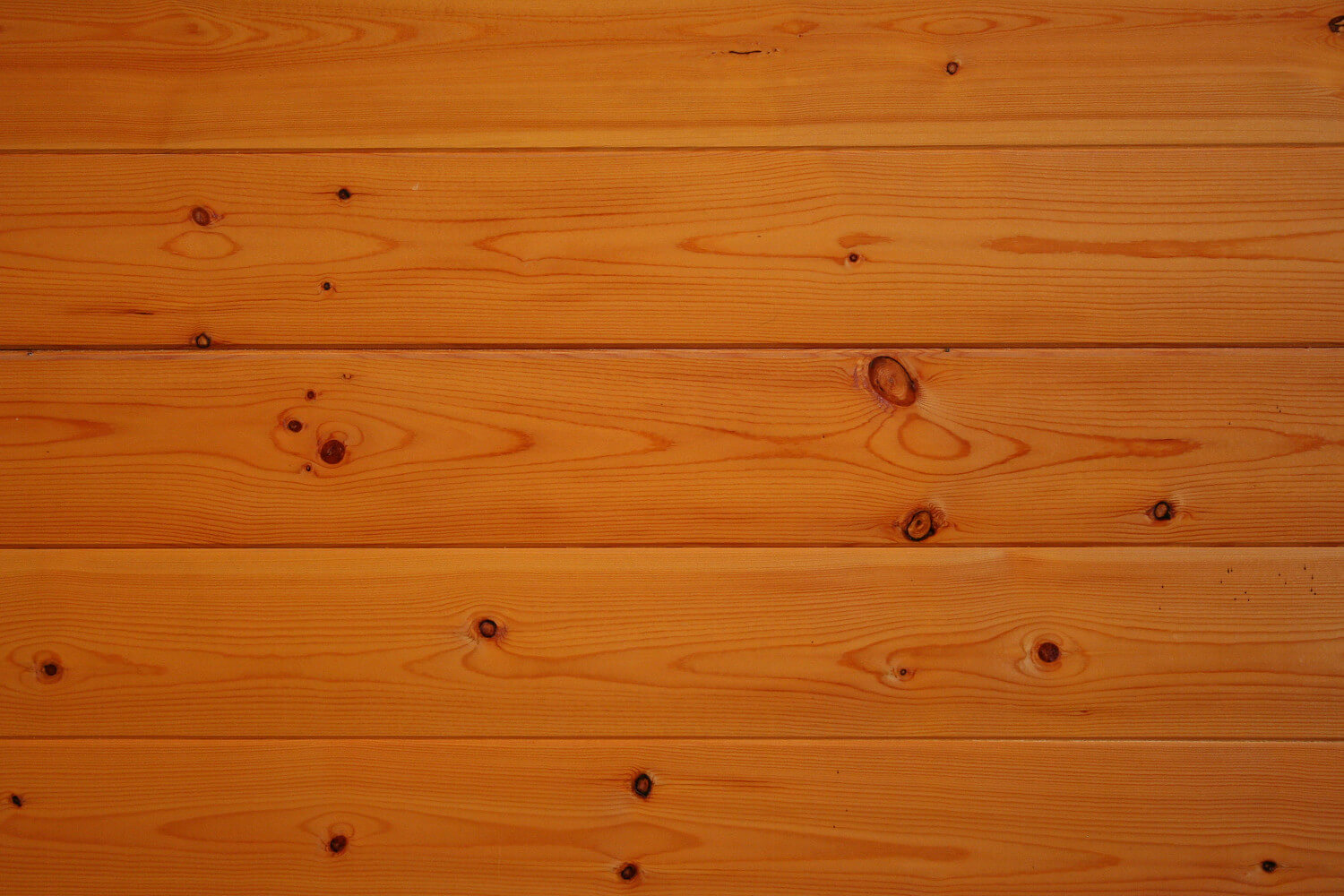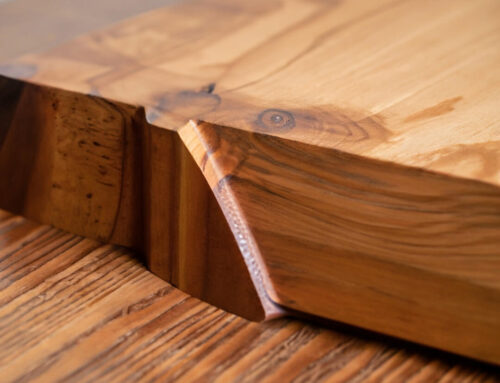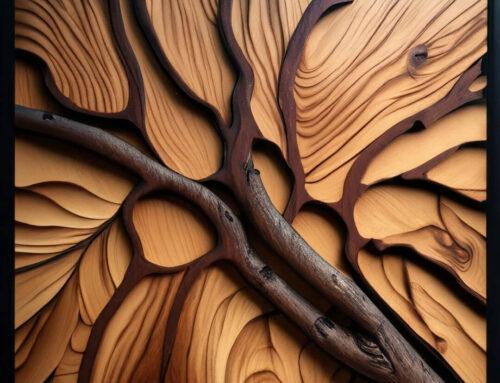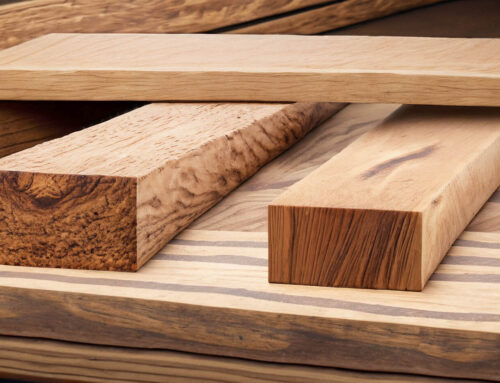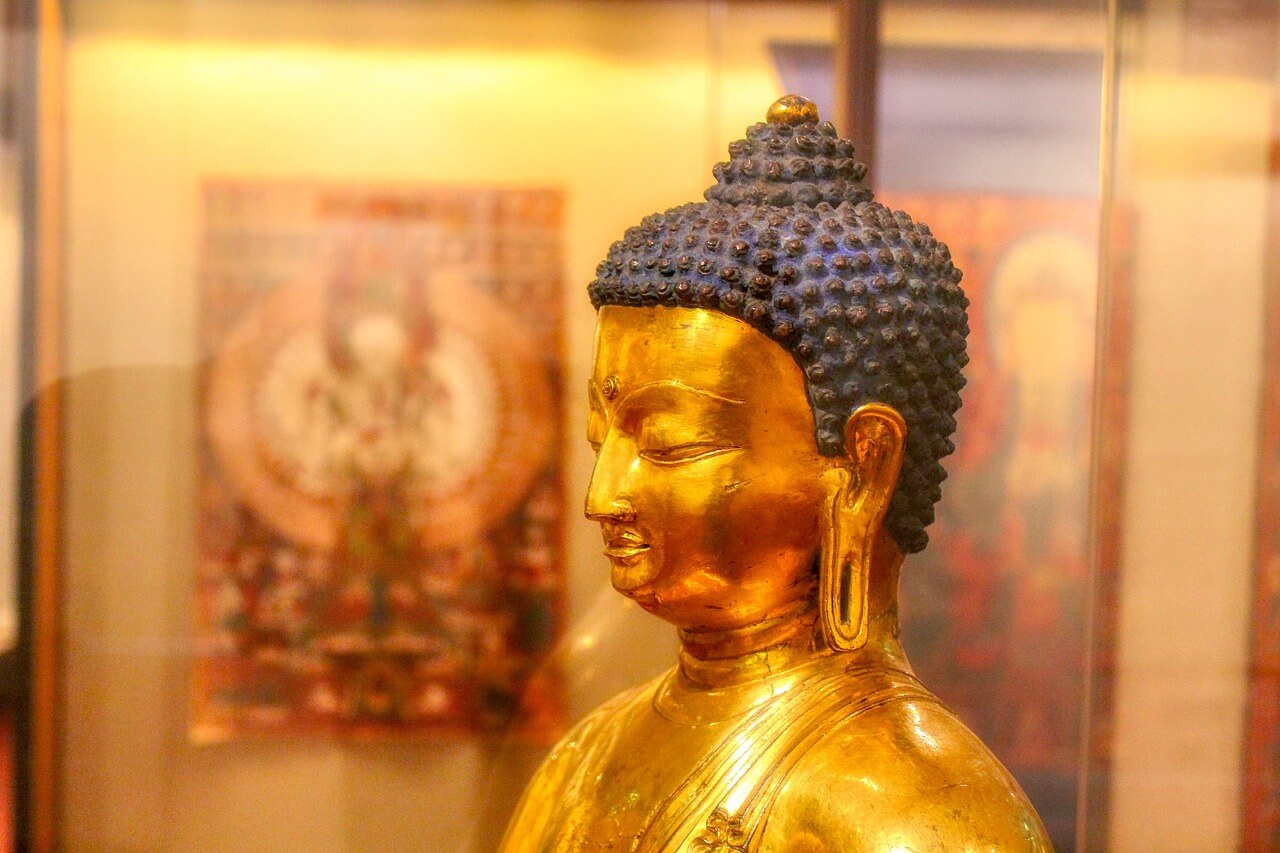Exploring the Timeless Beauty of Maple Wood
Introduction: Maple wood, renowned for its natural beauty and versatility, has earned its place as a beloved choice in the world of furniture and interior design. With its fine grain, light color, and remarkable durability, maple wood adds a touch of elegance to any space. In this article, we will delve into the qualities that make maple wood a cherished material for furniture makers, architects, and homeowners alike.
Maple Wood’s Natural Beauty: Maple wood is celebrated for its exquisite grain patterns, which can range from subtle and understated to bold and eye-catching. The fine, consistent grain gives maple furniture a timeless appeal, making it suitable for both traditional and contemporary design styles. Its light color varies from pale cream to soft golden tones, lending a sense of warmth and brightness to any room.
Versatility in Design: One of the key advantages of using maple wood in furniture and interior design is its adaptability. Whether you’re crafting a classic dining table, modern cabinetry, or elegant flooring, maple wood can be tailored to suit various aesthetics and applications. Its ability to take stains and finishes exceptionally well allows for customization, ensuring that your maple wood furniture or décor matches your vision perfectly.
Durability and Longevity: Another distinguishing trait is its exceptional durability. Maple wood is classified among the tougher hardwoods, endowing it with remarkable resistance to everyday wear and tear. This sturdiness guarantees that maple furniture can endure the trials of time, establishing itself as a valuable and enduring addition to your home. Its capacity to resist dents and scratches proves especially advantageous in areas with heavy foot traffic.
Sustainability Considerations: Sustainability is an ever-important consideration in today’s world. Maple wood is often harvested responsibly, ensuring the continued health of forests. When seeking maple wood products, look for certifications like the Forest Stewardship Council (FSC) to ensure that the wood has been sourced sustainably.
Applications Beyond Furniture: Maple wood’s appeal extends beyond furniture. It is frequently employed in architectural elements, including doors, millwork, and paneling, thanks to its natural elegance and resilience. Additionally, its stability and resistance to warping make it a preferred choice for hardwood flooring.
Maintenance and Care: To maintain the natural beauty of maple wood, regular care is essential. Cleaning with a damp cloth and mild soap is usually sufficient. Avoid using harsh chemicals or abrasive materials, as these can damage the finish. Applying a protective finish or sealant can further enhance its longevity.
Conclusion: Maple wood, with its timeless beauty, adaptability, and durability, continues to be a favored choice in the world of furniture and interior design. Its versatility allows it to complement a wide range of design styles, while its strength ensures that maple wood creations can be enjoyed for generations to come. When considering materials for your next design project, don’t overlook the enduring charm of maple wood.

